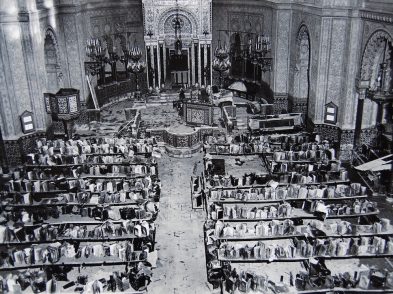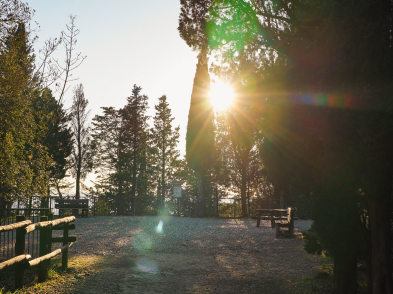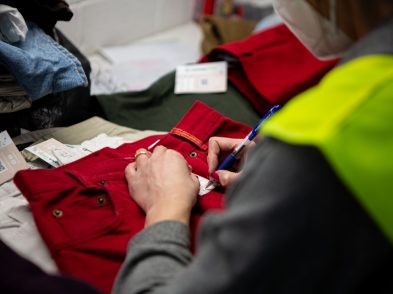Picasso is a name that has become a trademark, and with this degree of international fame, it’s easy to think we ‘know’ the artist and his work, and stop there. The Museo Nacional Centro de Arte Reina Sofía in Madrid is trying to multiply the interpretations of Picasso and demonstrate how he influenced, but also fit into, a larger movement in Spanish art. Its loan exhibition at Florence’s Palazzo Strozzi brings this knowledge outside of Spain and suggests a reevaluation not only of the ‘cult of Picasso’ but of the place of Spanish Modernity in the history of modern art.

Pablo Picasso was born in Malaga, Spain, in 1881. First traveling to Paris in 1900, he moved there for good in April 1904. Despite living most of his life as an expat in France, he is the single most influential figure on Spanish modern art, and his nationality and the times his country faced affected him profoundly. The exhibition looks at works from 1910 to 1963, and contextualizes the development of art in this period despite—or perhaps pushed by—the massive sociopolitical changes that came with two world Wars, the Russian Revolution and the Spanish Civil War.
Looking at the work of Picasso in this period in relation to that of more than a dozen compatriots reveals a number of concepts explored by many of the artists. Walking through the rooms of Palazzo Strozzi, we see how Picasso, Juan Gris, Joan Miró, Salvador Dalí, Oscar Dominguez and Antoni Tàpies in particular explored themes including analytical art, lyricism and surface, reality and super-reality, nature and art.

Within this thematic arrangement there is also space dedicated to Picasso-specific phenomena that enhance our understanding of the artist’s oeuvre. This includes showing how he worked in multiple styles at once and approached the same subject in numerous ways, akin to musical variations. Portrait of Dora Maar, loaned to Italy for the first time, is just one of many variations on the female face and body, and of Picasso’s two lovers of that time, Dora Maar and Marie-Thérèse Walter. A still-life, Conger Eels, from 1940 has a similar displacement of the eyes and breakdown into Cubist space. Another section of the exhibit provides an in-depth and unprecedented look, through drawings and etchings, at the figure of the Minotaur as it connects to the tragedy Picasso painted in Guernica.
Oftentimes, exhibits with a famous name followed by an ‘and’ prove disappointing, with few works by the famous artist, but Picasso is strongly present here, with 10 oil paintings on canvas and over 30 graphic works in a total of about 90 pieces in the show. What’s more exciting, though, is that in some thematic rooms that do not contain any Picasso’s, the viewer does not miss him at all.
Exploring ‘idea and form’ to show how Spanish artists were perfectly analytical—contrasting with a stereotype of their being expressive and full of pathos—we see Cubism to Concrete Art from 1910 to 1959 that took its cue from Picasso’s early Cubist works but is here represented primarily by Gris and some particularly beautiful sculptures by Jorge Oteiza. In the following room, on the theme of sign, surface and space in the definition of lyricism, Picasso’s Musical Instruments (1924–26) open the reflection, but Miró steals the limelight with his truly lyrical and dreamlike 1925 Painting. While the two artists here are visually and thematically linked, with time, by the 1950s, we see how Picasso ceased to inspire young artists, while Miró, just 12 years his junior, emerges as something of a winner, still open to change and all the more influential.
VISITOR INFORMATION
Picasso and Spanish Modernity
Palazzo Strozzi
Piazza Strozzi 1, Florence
September 20, 2014, to January 25, 2015







